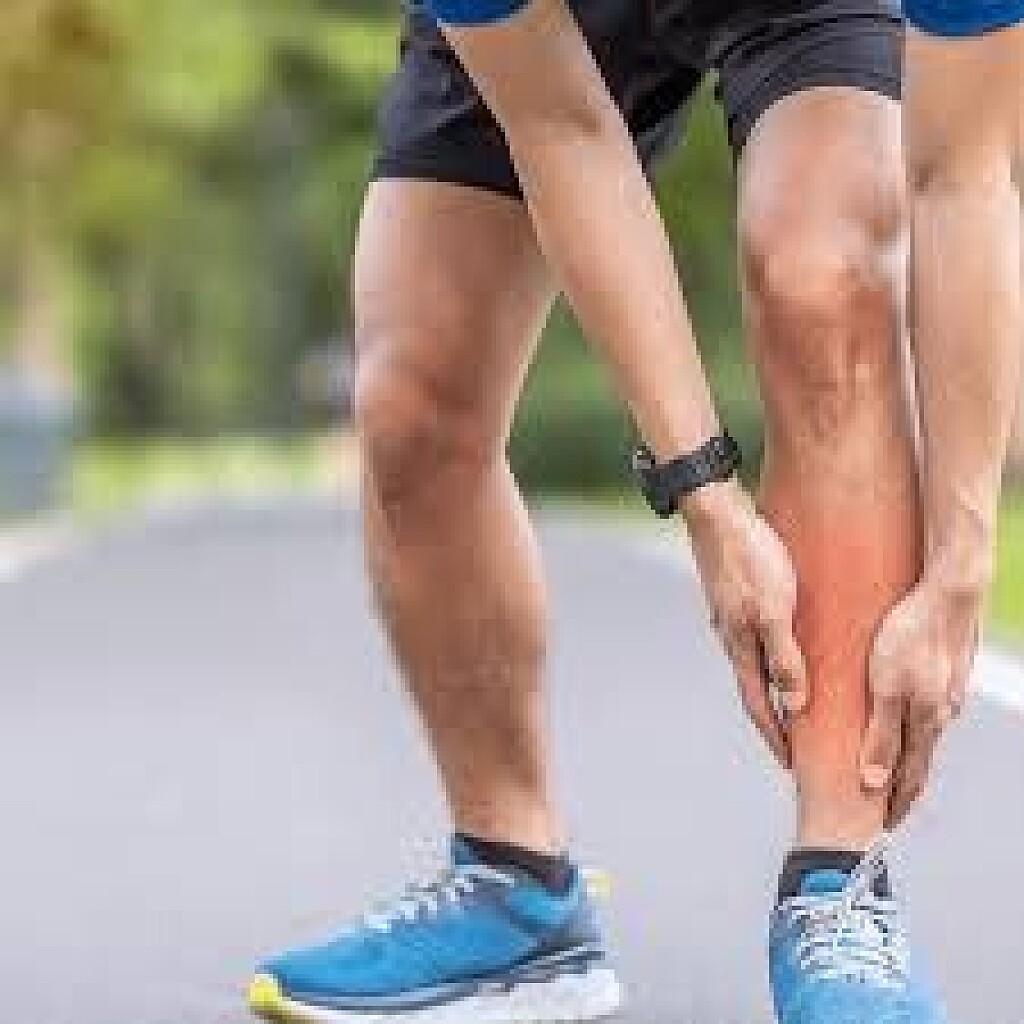Running News Daily
Running News Daily is edited by Bob Anderson. Send your news items to bob@mybestruns.com Advertising opportunities available. Train the Kenyan Way at KATA Kenya and Portugal owned and operated by Bob Anderson. Be sure to catch our movie A Long Run the movie KATA Running Camps and KATA Potato Farms - 31 now open in Kenya! https://kata.ke/
Index to Daily Posts · Sign Up For Updates · Run The World Feed
Four exercises to combat shin splints
A bad case of shin splints can sideline even a very experienced runner. Also known as medial tibial stress syndrome, shin splints refer to pain and discomfort along the shinbone (tibia) at the front of the lower leg. They are caused by overuse or excessive stress on the shinbone and surrounding area, with tissues that attach the muscles to the bone becoming inflamed.
There are a few ways to prevent and treat shin splints. Resting your legs (cross-training with low-impact activities like swimming are OK) is a great first step. Next, check your shoes: ensure you’re wearing the right shoes with adequate cushioning and support to minimize impact–and that they are not worn out. (Great idea, if you run regularly, to replace your shoes at least once a year.)
Make sure you gradually progress your training, avoiding sudden increases in the intensity or duration of your runs. Finally, strengthen the shin muscles: add these exercises to your post-run routine to combat and prevent that nagging leg pain.

Toe Taps
Sit on a chair with your feet flat on the ground, and lift your toes upward, keeping your heels on the ground. Tap your toes on the ground rapidly for 20-30 seconds, and repeat for a few sets.

Resisted dorsiflexion
Attach a resistance band to a stable anchor, like a heavy chair or stair railing. Sit on the floor with your legs extended in front of you, and loop the band around your toes. Gently pull your toes toward you against the band’s resistance. Hold for a few seconds, then release. Try 2–3 sets of 10–15 reps.
Calf raises (eccentric focus)
Stand on a step or a platform with your heels hanging off the edge, rise onto your tiptoes, then slowly lower your heels as far as possible below the step. Use your non-injured leg or support, as needed, to rise back up to the starting position. Perform 2-3 sets of 10-15 reps.
Ankle alphabet
Sit on a chair with one leg extended. Pretend your big toe is a pen and write the letters of the alphabet in the air using your ankle and foot. This exercise engages the muscles around your shins, promoting strength and mobility.
Despite doing everything right, some runners still get sore shins. To tackle the pain, try applying ice to the area for 15 minutes at a time, three or four times a day. Ice slows the blood flow to the area and should help decrease pain.
Once you have rested your shins and dealt with the soreness, ease back into your running and strengthening routine. If shin pain is persistent or feels sharp and stabbing, visit a medical practitioner to make sure it isn’t a more serious injury, like a stress fracture.
by Keeley Milne
Login to leave a comment




